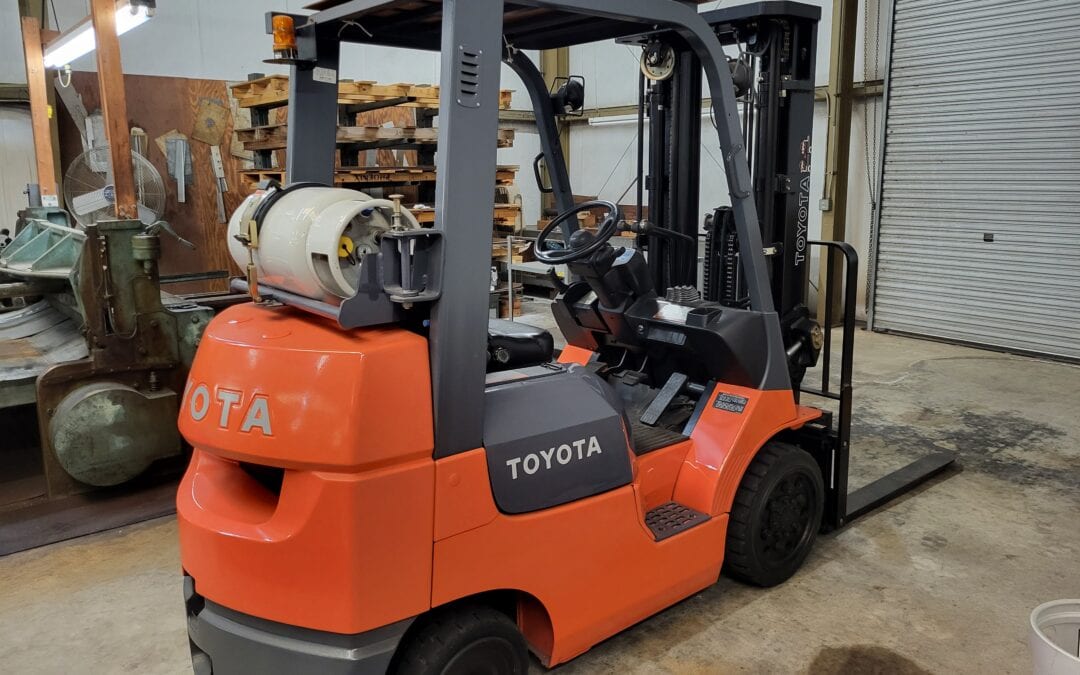The Ultimate Guide to Buying a Used Forklift: Key Considerations
Purchasing a used forklift can be a cost-effective solution for businesses looking to optimize their material handling operations. Whether you are in the market for used gas forklifts or used electric forklifts, this ultimate guide will walk you through essential considerations to make an informed decision.
Identify Your Specific Needs:
Before diving into the market, assess your material handling requirements. Consider factors such as load capacity, lift height, and the type of materials you’ll be handling.
Choose the Right Power Source:
Decide between used gas forklifts and used electric forklifts. Gas forklifts are suitable for outdoor applications, providing high power, while used electric forklifts are ideal for indoor use, offering lower operational costs.
Check the Forklift’s History:
Obtain detailed information about the forklift’s history, including maintenance records, previous usage, and any repairs or refurbishments. This insight will help you gauge the equipment’s condition.
Evaluate the Lift Capacity:
Ensure that the forklift’s lift capacity aligns with your operational needs. Factor in the average weight of the loads you’ll be handling to determine the appropriate capacity.
Inspect the Lift Height:
Consider the maximum lift height required for your warehouse or facility. Different forklift models offer varying lift heights, so choose one that meets your vertical lifting needs.
Examine the Overall Condition:
Conduct a thorough inspection of the forklift’s overall condition, including the mast, forks, tires, and hydraulic systems. Look for signs of wear, leaks, or damage.
Test Drive the Forklift:
Arrange to test drive the forklift to assess its performance, maneuverability, and ease of operation. Pay attention to how it handles turns, accelerates, and brakes.
Verify Safety Features:
Ensure that the forklift is equipped with essential safety features, such as seatbelts, lights, horns, and alarms. Confirm that these features are functional and compliant with safety regulations.
Check Tire Condition:
Inspect the condition of the forklift’s tires, as they play a crucial role in stability and traction. Worn or damaged tires may need replacement, impacting overall performance.
Understand Maintenance Costs:
Gain insights into the expected maintenance costs for the specific forklift model. Consider the availability and cost of replacement parts to estimate the total cost of ownership.
Read Customer Reviews:
Look for customer reviews or testimonials related to the specific forklift model or the used equipment dealer you are considering. Feedback from other buyers can provide valuable insights.
Finalize the Paperwork:
Ensure that all necessary paperwork is in order. This includes the bill of sale, maintenance records, and any warranty information. Verify that the forklift adheres to local regulations.
Summary
By following this ultimate guide, you’ll be well-equipped to make an informed decision when buying a used forklift. Whether you opt for used gas forklifts or used electric forklifts, thorough research and inspection are key to ensuring a reliable and cost-effective addition to your material handling fleet.
Revelation Machinery offers regularly updated inventory of used forklifts for sale. If you have any questions or are looking for a specific type of forklift, please feel free to reach out to our equipment experts! Interested in selling your equipment? Learn how to sell used gas and electric forklifts for cash to Revelation Machinery today!

